The American in Burgundy Pens a Memoir
Talking Wine, Life, Santa Barbara, and More with Alex Gambal
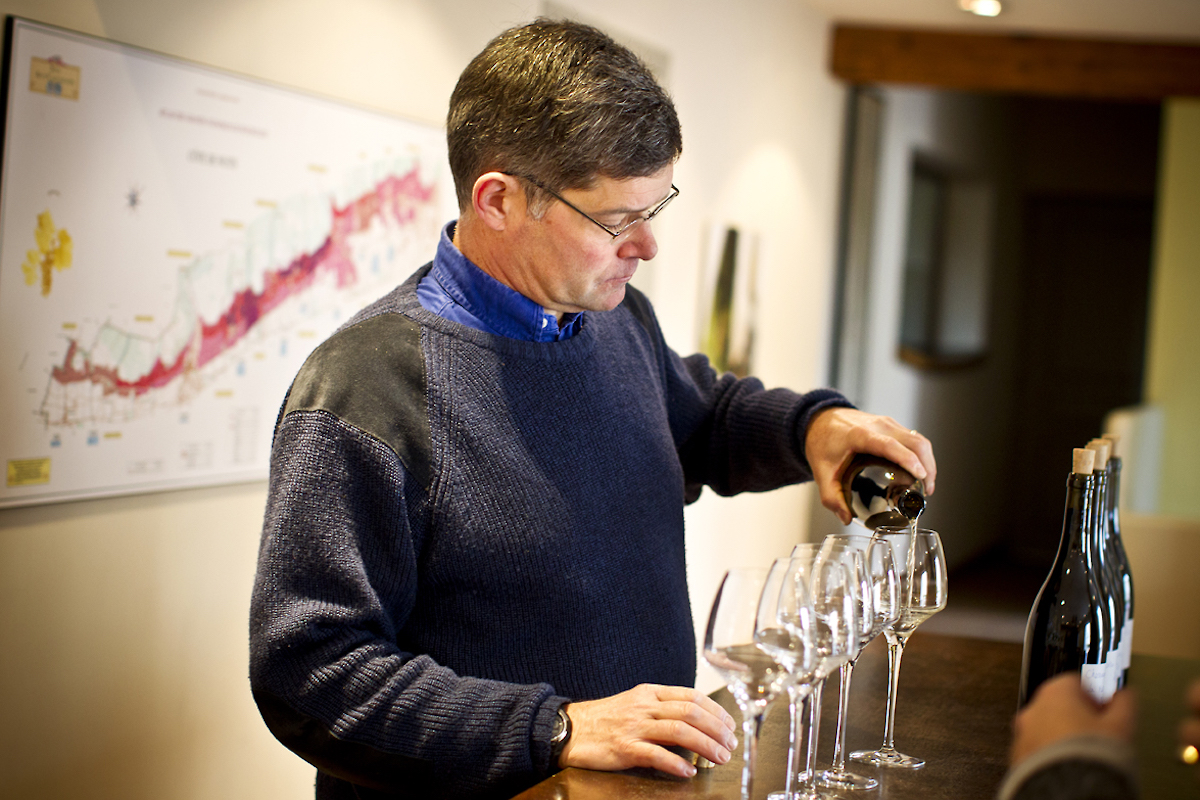
Years ago, when I used to make a tiny bit of wine at Ampelos Cellars in Lompoc, I was introduced to Alex Gambal as “The American in Burgundy.”
Though just starting a project with Ampelos founder Peter Work, Gambal was already a veteran vintner, making pinot noir and chardonnay from the Côte-d’Or for his eponymous winery in the viticultural heart of France. He started doing so decades earlier, leaving his family’s lucrative Washington, D.C., parking empire in 1993 to forge a place for himself amid the notoriously insular French wine industry.
A few seasons later, I visited Gambal in that place. We met at his domaine in Beaune, which he founded in 1997, lunched over escargots in Puligny-Montrachet, and then I accepted a surprise invite to have a home-cooked dinner and raid the cellar of his home in the wooded hills above St. Romain. (Lunch went well, and the Michelin-starred place in Beaune could wait.)
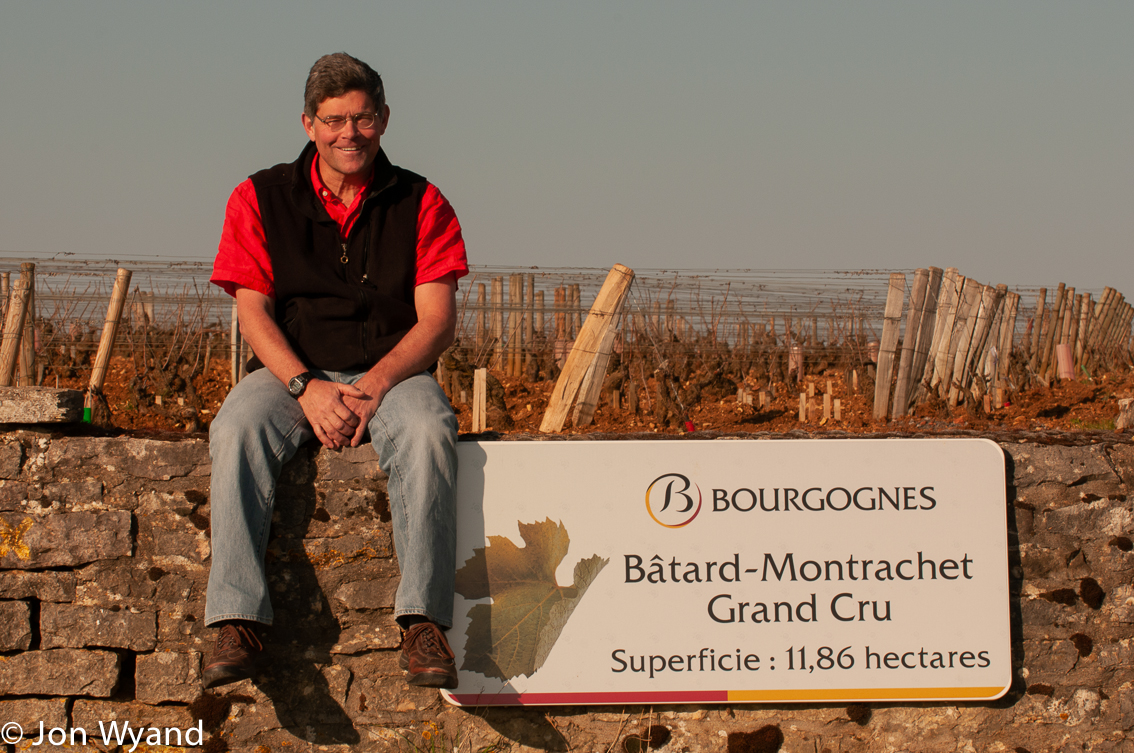
In the ensuing years, I tracked the Gambal-Work chardonnay project, but slowly lost touch as lives got harder, even before the pandemic. Our mutual friend Work got sick for a while (he’s better now), while Gambal’s wife came down with cancer and died. About four years ago, Gambal sold his winery and 30 acres of vineyards to JC Boisset and moved primarily to Jackson Hole, where he works as a ski host and helped develop a workforce housing project, among other real estate endeavors.
This summer, Gambal put the story of his rather remarkable life to the page, publishing Climbing the Vines in Burgundy: How an American Came to Own a Legendary Vineyard in France. It’s about wine, yes — particularly how Gambal was the first non-Frenchman to own a Grand Cru vineyard in Montrachet, with plenty of specific details about how the whole industry works. But it’s also a personal saga of risk-taking, lesson-learning, and soul-searching, an engaging read for anyone ready to embark on living abroad or a new career.
I spoke with Gambal over Zoom while he was in Paris recently, and made tentative plans to come see him in Jackson Hole next year. I hope he has some of that Burgundy left. I edited our conversation for clarity and space.
Why’d you write this book? Once I sold the business, I wanted to set the record straight, because people believe you’re living the dream. There were days that I’d like to throttle them. Buy the wine so I can afford the dream!
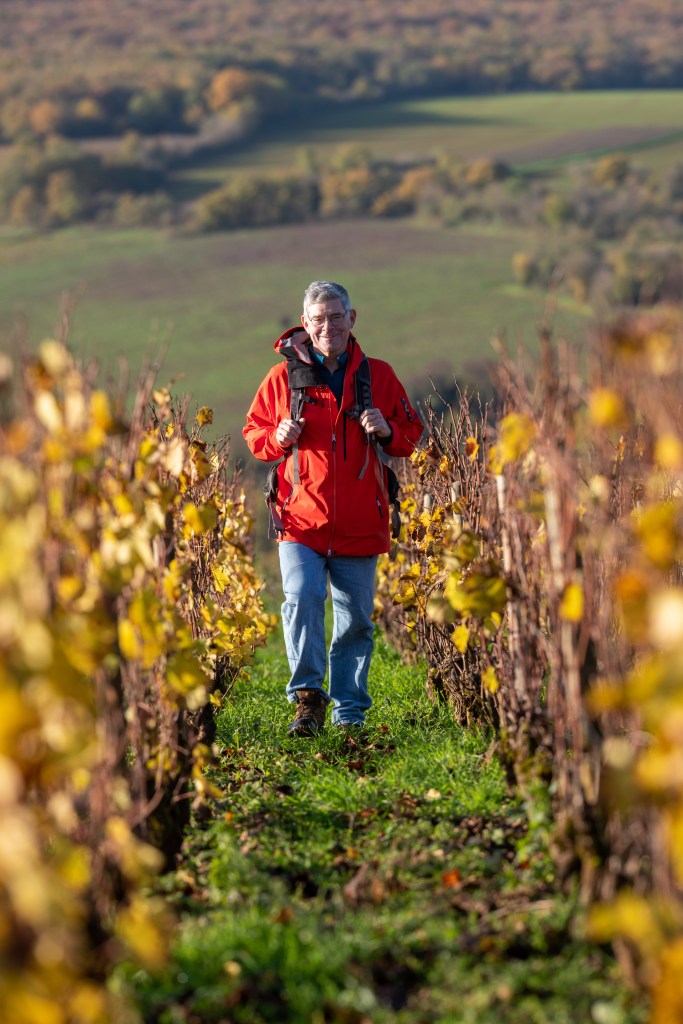
It was a small but complicated business, an asset-heavy, balance-sheet-weak, complex business. Then there is the struggle to develop a brand name. It takes a long, long time. You have to be persistent with it. It’s hard. I just wanted people to understand that, and to laugh about my mistakes. And, in some ways, to dissuade people from going into the wine business.
How long did it take to be accepted by the French winemakers? That was the lucky part, because I had worked for [renowned Burgundy importer] Becky Wasserman for three years — selling their wines, learning the business, tasting with the winemakers, and learning from them.
The second leg of the stool was my children, who were in local schools. Many of their friends’ parents were winemakers, and your friends as parents are children’s friends’ parents, no matter where you live.
The third leg was going to the wine school. Virtually everyone else had gone, whether when they were kids or as adults. Everybody talks the talk, but can you do the walking? They knew I did the hard work like they did. So I was accepted right away and people knew I was going to make correct wines and promote Burgundy.
Were you the only American in Burgundy? When we got here, we were it. We were the American family. We didn’t want to have an expat experience. We wanted to live in the country and give it a try. If it worked, great, and if it didn’t, we’d go home after a year having a great experience.
How did Santa Barbara become part of your story? Michael Mayfield was an investor in my wines and a dear friend. We were frustrated with our sales in California, and he introduced me to Peter Work to discuss cross-marketing ideas. The next thing you know, we’re digging holes with Peter and Jeff Newton [founder of Coastal Vineyard Care Associates] and thinking about making some wine. I had a good team in place in France, so it was classic idle hands. I was bored. I had worked myself out of a job.
It started small with two chardonnays in 2016, then one in 2017 and the last year was 2018, when Peter got sick. It was difficult. In the middle of that, my wife, Diane, had cancer. I’d fly back for one treatment and then come back to Santa Barbara to finish the wines, and then go back to France. I said, “This is enough.”
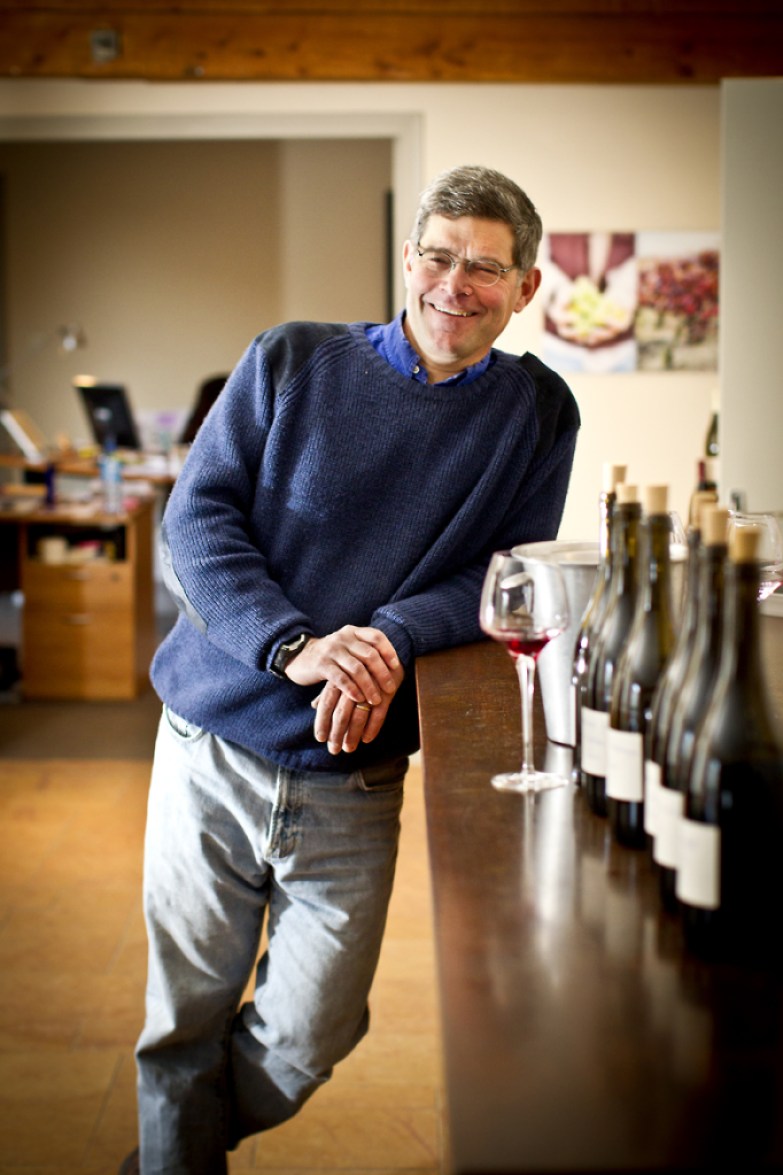
Making it is not the hard part. If you get good grapes and know what you’re doing, you shouldn’t be messing it up. The problem is that you have to be selling this stuff, and then 12 months later another crop comes in. It moves very fast. Suddenly, you have $100,000 tied up in inventory. You need people out there creating a brand. When Diana died in June 2022, I just didn’t want to work that hard anymore. I’m 66, and I don’t want my projects to get in the way of my recreation. Now I work on the hill at Jackson Hole as a ski host. I worked 40 years so I could be a ski bum, okay?
How does Santa Barbara compare to Burgundy? Santa Barbara pinot noir and chardonnay are the most interesting in the United States. Some people would argue Oregon, and I like Oregon, but the pinots from Santa Barbara are better. Also, there are a lot of Burgundians in Oregon. Sonoma is not my cup of coffee; so much cherry cough syrup. People love that and it makes a lot of money, but it’s nothing that I want to make.
Going to Santa Barbara, there was more gold in the ground to discover. Santa Barbara’s weather allows the ripening to go pretty slowly, which can give similar flavor profiles to Burgundy. Santa Barbara is just beginning to happen. It’s a question of what do people want to make and what can they sell.
Would you recommend your Burgundy adventure to others? It’s a wonderful product, and there are really great people. I never thought I’d be making anything. I love making stuff that I can take pride in and have my name on.
But Burgundy now is so much of a financial project. You really have to have serious backing and a good business sense. It’s not for the faint of heart. In the Côte-d’Or, the prices have gone cuckoo, even since I sold four years ago.
But other places? The Loire, Beaujolais, Mâconnais? That’s really the frontier, where people are making fabulous wines.
See climbingthevines.com.

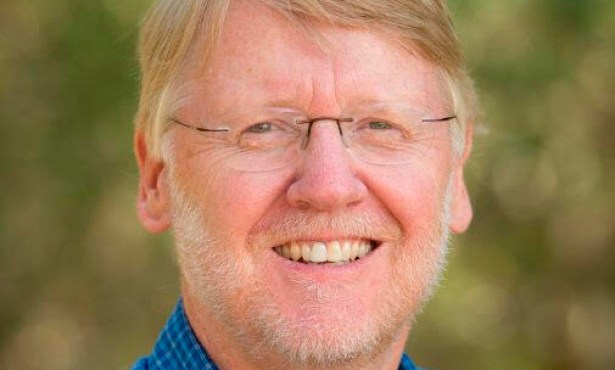
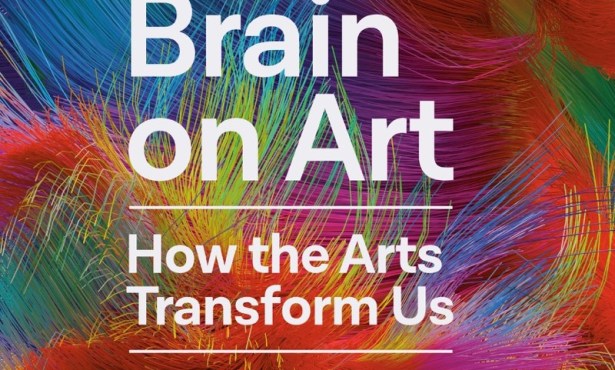
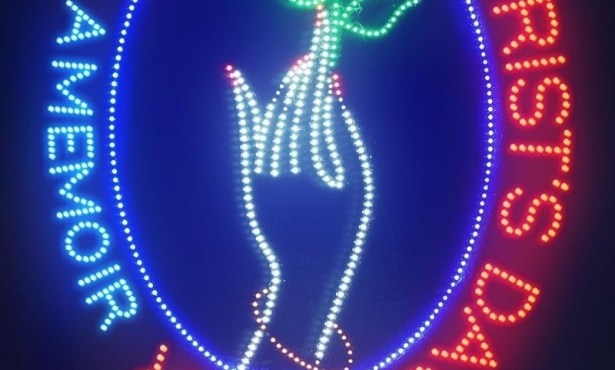
You must be logged in to post a comment.